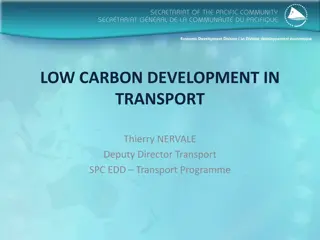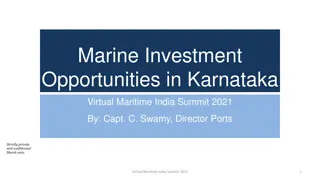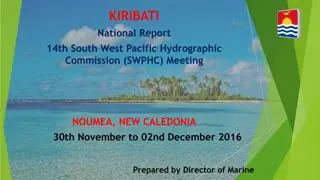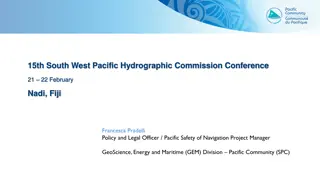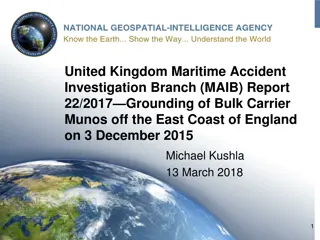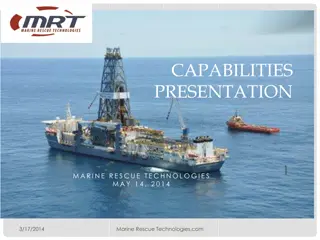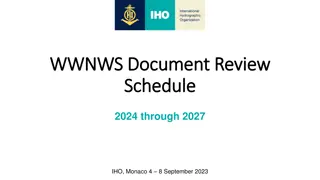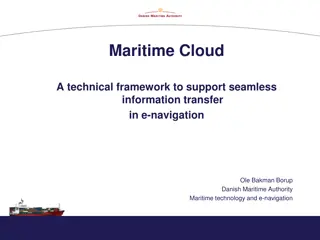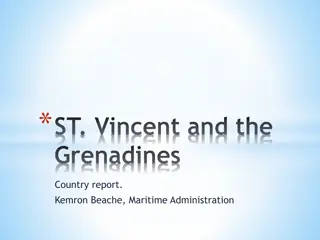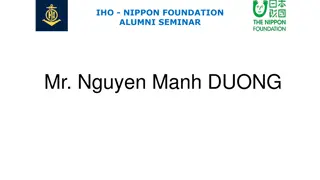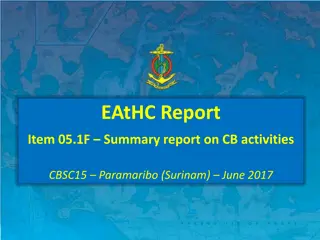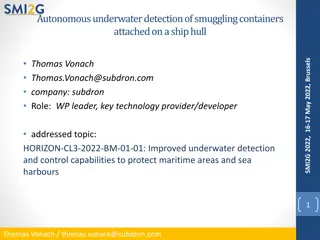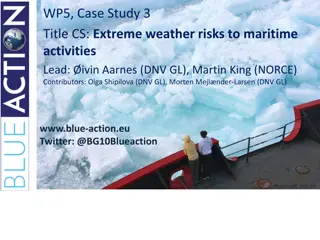Enhancing Maritime Safety in the Digital Age
The evolution of maritime safety in the digital era, from traditional learning techniques to modern technology-driven training methods. Discover the impact of data analysis on ferry safety, virtual training challenges, and how technology is reshaping maritime training. Uncover insights from industry experts on the shift towards e-training for maritime safety in today's digital age.
Download Presentation

Please find below an Image/Link to download the presentation.
The content on the website is provided AS IS for your information and personal use only. It may not be sold, licensed, or shared on other websites without obtaining consent from the author.If you encounter any issues during the download, it is possible that the publisher has removed the file from their server.
You are allowed to download the files provided on this website for personal or commercial use, subject to the condition that they are used lawfully. All files are the property of their respective owners.
The content on the website is provided AS IS for your information and personal use only. It may not be sold, licensed, or shared on other websites without obtaining consent from the author.
E N D
Presentation Transcript
FERRY SAFETY IN DIGITAL AGE 2nd Community of Practice Forum on Maritime Safety: August 28, 2019 Marina Mandarin , Singapore. www.ferrysafety.org
Learning Techniques traditional to modern Times tables : 2x2=4, 2x3=6, 2x4=8 and so on Sextant to GPS positioning Weather-cocks to nano-satellite derived forecasts
Data analysis on Safety of Ferries Causes and solutions Cause Human Error Weather Overcrowding Collision Other % 75-92% 50% 29% 22% Solution Training Actionable timely info Counting & enforcement AIS Adds up to more than 100% because of multiple causes each accident
Virtual Training : e-LEARNING Lack of time for ship s crew to undertake long periods of institutional training Insufficient training facilities Unaligned curricula with STCW Lack of Training ships Lack of quality professional trainers
Technology is Reshaping Maritime Training Developments in science and technology have been greatly affecting seafarer training as attested by the application of ship control simulators which continued to be increasingly sophisticated and adaptive. Innovative Approach : E Learning Systems Virtual and Augmented Reality Electronic Training - Record Books and Data Analytics Gamification of Trainings Adapting to alternative training : Competency through E Learning Courtesy: Archipelago ferries/ Mary-Ann Pastrana
E-Training is for safety in Digital age Today, more than 25% of operators highly use in-person training, eLearning, videos and simulators for crew training. Maritime Training Insights Database (MarTID) MarTID launched 2017/2018 (www.MarTID.org) Joint effort from: World Maritime University New Wave Media Marine Learning Systems Courtesy : MarTID.org
Conclusion The way forward is to work with the skill set of mariners Use electronic media blended with practical skills gained on board Carry out / practice application of knowledge acquired through repeated drills and onboard exercise.
Thank you! Captain Nurur Rahman AFNI , MAIMS Worldwide Ferry Safety Association www.ferrysafety.org Please plan to attend: Ferry Safety & Technology Conference April 20-22, 2020 : New York City, USA



